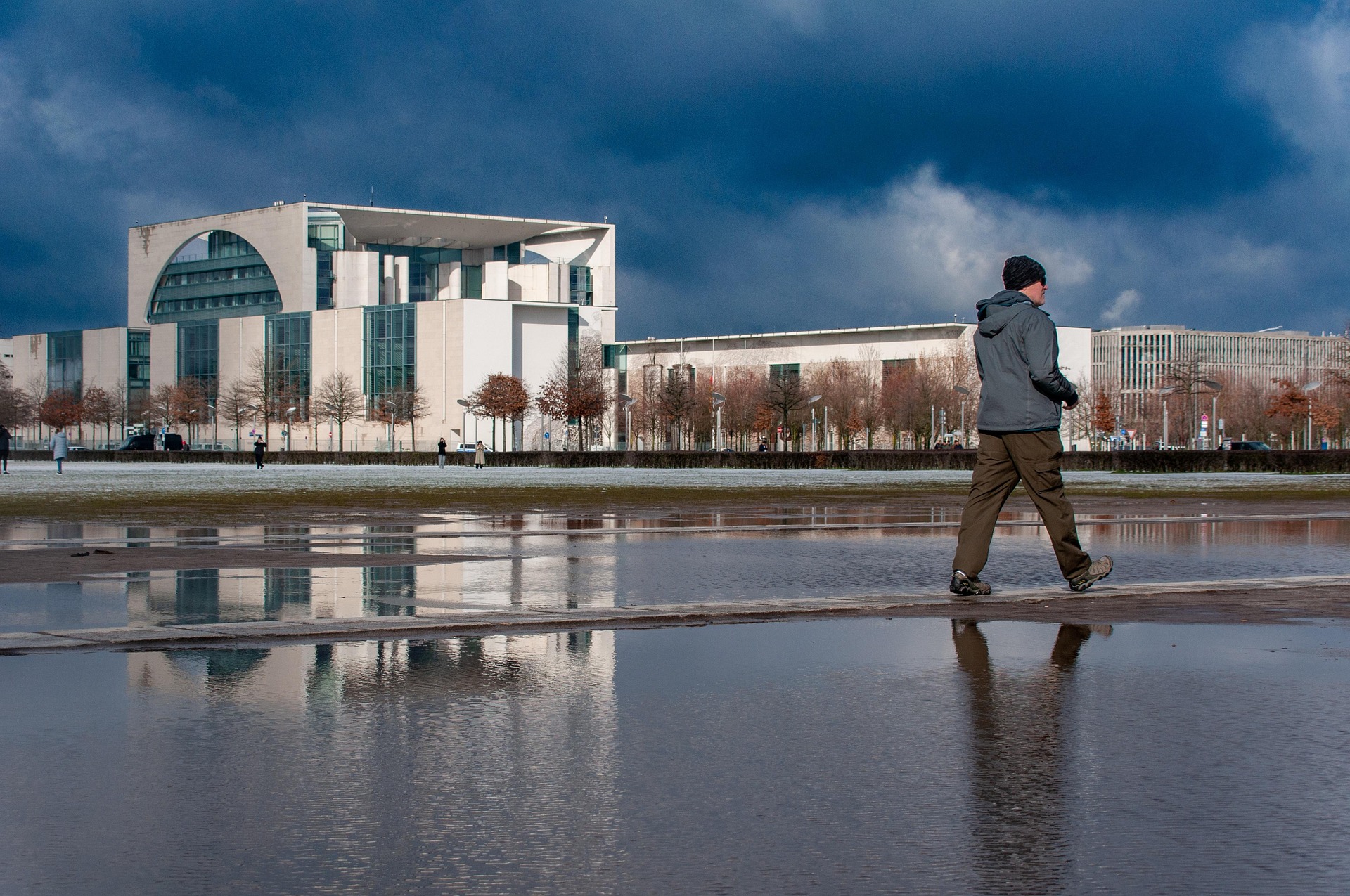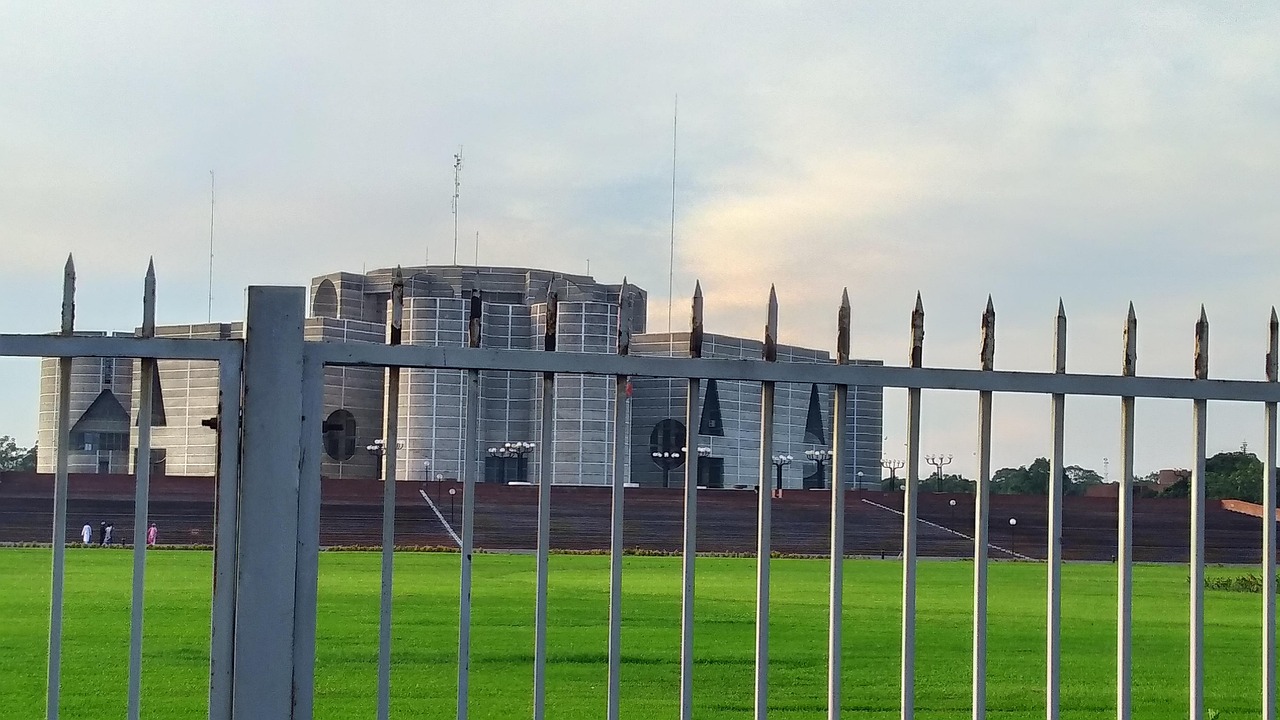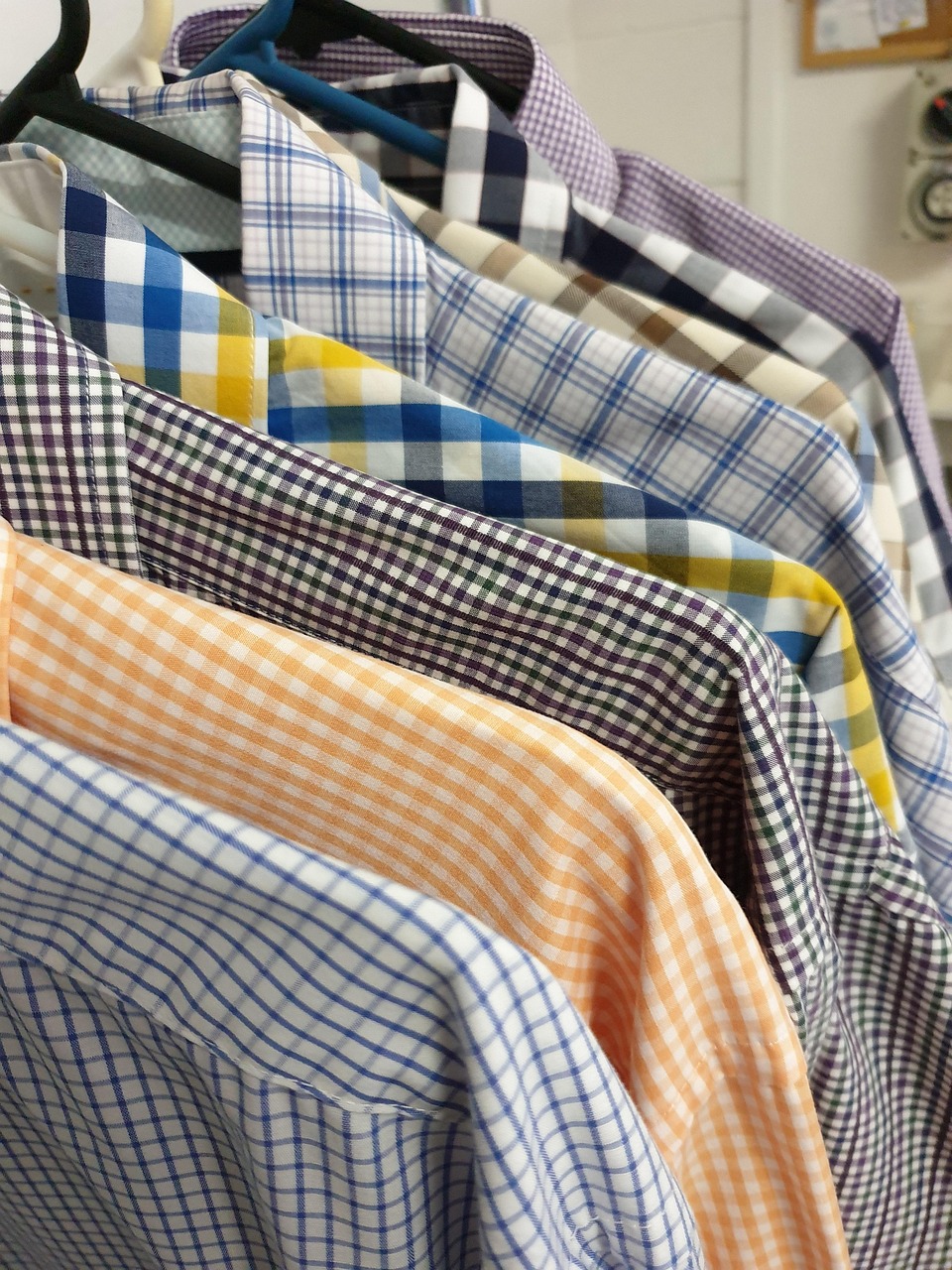Bangladesh’s economy faces a significant challenge as the United States, its largest export market, imposes a 20% tariff on Bangladeshi goods under President Donald Trump’s “Reciprocal Tariffs” policy. This tariff, reduced from an initial 37% and later 35%, targets Bangladesh’s trade surplus with the U.S., particularly its garment industry, which accounts for over 80% of the country’s export earnings. With Bangladesh’s economy heavily reliant on ready-made garments (RMG), this tariff threatens jobs, economic stability, and social progress, especially for women. Drawing on Bangladesh’s cultural context and its export-driven growth, this article explores the impacts, challenges, and potential strategies for navigating this trade shock in 2025.
The Backbone of Bangladesh’s Economy: The Garment Industry
Bangladesh is the world’s second-largest garment exporter, with the U.S. absorbing $8.4 billion of its $10.6 billion bilateral trade in 2024, of which $7.34 billion were RMG products. Employing over 4 million people—60% of whom are women—the garment sector contributes 10% to Bangladesh’s GDP and drives female empowerment through economic opportunities. Unlike Bangladesh’s conservative cultural norms, where women historically had limited workforce participation, the RMG industry has boosted female labor force participation to 15% for women aged 16–30, delayed child marriage, and increased girls’ education.
The 20% tariff, effective from August 7, 2025, replaces an average 15.7% tariff, raising the effective rate to approximately 35.7% when combined with existing duties. This increase makes Bangladeshi garments less competitive compared to rivals like Vietnam (20% tariff) and India (26% tariff), potentially shifting orders to these countries. Industry leaders warn of factory closures and layoffs, threatening the livelihoods of millions, particularly women living paycheck to paycheck. Sources: The Business Standard, The New York Times.
[](https://www.tbsnews.net/bangladesh/trump-imposes-35-tariff-bangladeshi-products-1183081)[](https://www.tbsnews.net/economy/revised-us-tariff-bangladeshi-goods-take-effect-7-days-after-executive-order-1202016)[](https://www.tbsnews.net/economy/trumps-35-tariff-zaps-bangladeshs-84-billion-export-lifeline-1183926)
Cultural Note: The garment industry’s role in empowering women resonates with Bangladesh’s cultural shift toward gender equity, inspired by figures like Muhammad Yunus, whose microfinance initiatives uplifted rural women. A tariff-induced setback could reverse these social gains, impacting families and communities reliant on female earners.
Economic Impacts: Ripple Effects Across Sectors
The 20% tariff directly affects Bangladesh’s export earnings, which fund essential imports like fuel and food. In 2024, Bangladesh’s trade surplus with the U.S. was $6.2 billion, with exports at $8.4 billion and imports at $2.2 billion. A decline in export revenue could exacerbate the country’s balance-of-payments crisis, already strained by 2024’s political upheaval and currency devaluation. Economists like Selim Raihan from SANEM warn that the tariff erodes Bangladesh’s price advantage, potentially leading to slower economic growth, job losses, and increased poverty. Source: The Business Standard.
[](https://www.tbsnews.net/economy/trumps-35-tariff-zaps-bangladeshs-84-billion-export-lifeline-1183926)
The ripple effects extend beyond garments. Sectors like banking, insurance, transport, and packaging, which support the export ecosystem, face disruptions. For example, delayed payments or order cancellations, as seen during the COVID-19 pandemic, could strain businesses. The tariff also increases costs for U.S. consumers, with estimates suggesting a 37% price hike for apparel, potentially reducing demand and further impacting Bangladesh’s export volumes. Source: The Financial Express.
[](https://thefinancialexpress.com.bd/views/views/trump-tariffs-could-be-a-defining-moment-for-bangladesh)
Comparison to Other Countries: Unlike Vietnam, which secured a 20% tariff through a trade deal eliminating its duties on U.S. goods, Bangladesh’s sluggish response during the 90-day tariff pause (April–July 2025) left it with a higher tariff than some competitors. India and Pakistan, with tariffs of 26% and 29%, respectively, maintain a slight edge, intensifying regional competition. Source: The Business Standard.
[](https://www.tbsnews.net/economy/caught-between-rock-and-hard-place-1186036)
Social and Gender Implications
The garment industry’s female workforce faces existential risks from the tariff. Studies, such as Heath and Mobarak (2015), show that export-led manufacturing has empowered Bangladeshi women by providing economic opportunities, reducing child marriage by 19% through incentives, and increasing education. A 20% tariff could reverse these gains, forcing factory closures and layoffs. Women, who form the majority of RMG workers, are particularly vulnerable, as many support families in rural areas. This aligns with Bangladesh’s cultural emphasis on community and family support, making the tariff a social as well as economic threat. Source: VoxDev.
[](https://voxdev.org/topic/trade/us-tariffs-bangladesh-threaten-decades-economic-and-social-progress)
In contrast to Bangladesh’s conservative beach culture (e.g., Cox’s Bazar, where modesty prevails), the RMG sector has fostered a progressive shift, with women gaining financial independence. A tariff-induced economic downturn could push women back into traditional roles, undermining decades of progress.
Agricultural Sector: A Secondary Concern
While garments dominate, the tariff also affects Bangladesh’s agricultural sector. The U.S. pushes for increased agricultural imports to balance trade, but Bangladesh’s rural farmers, reliant on crops like corn and cotton, face competition from cheaper, subsidized U.S. products. In 2024, Bangladesh imported $250 million worth of corn, mainly from India, Brazil, and Argentina, as local production reached 6.8 million tonnes. A shift to U.S. imports could undermine local farmers, threatening food security and rural livelihoods. Unlike











